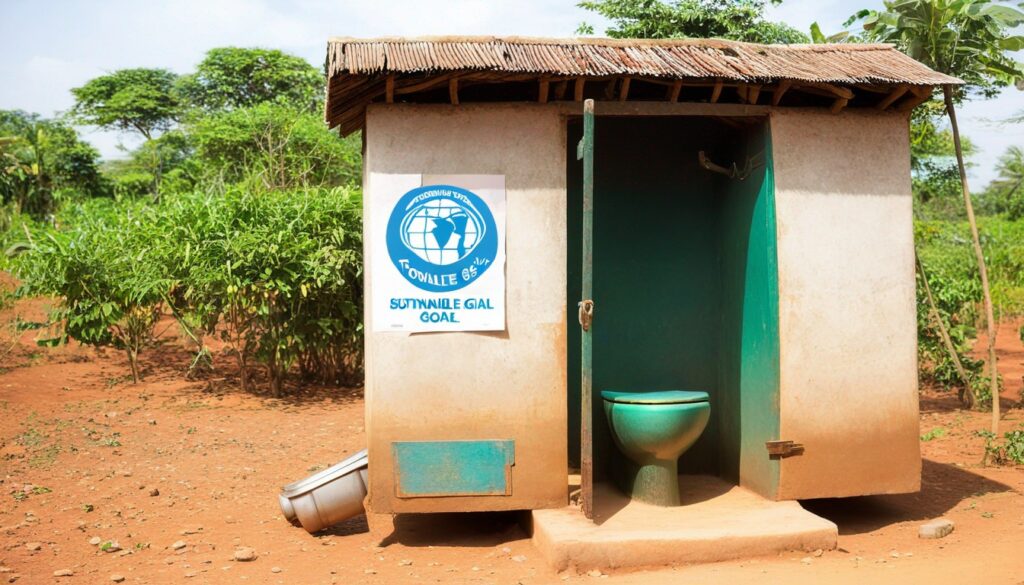Main highlights:
- The data from World Health Organization
- The actual cause behind the decline in the US rates
- The factors that led to the decline in the US
- China’s preventive measures
According to data from the World Health Organization, China has for the first time surpassed the United States in terms of healthy life expectancy at birth.
68.7 years of healthy life are expected for Chinese newborns, compared to 68.5 years for American newborns, according to the data, relates to 2016.
The average life expectancy for American infants is still greater than that of Chinese newborns (78.5 years versus 76.4 years), but the last 10 years of American life are not anticipated to be healthy.
From 2020 to 2021, life expectancy in the US continued to deteriorate, falling drastically to 76.1 years.
According to new data (pdf) from the National Center for Health Statistics of the Centers for Disease Control and Prevention (CDC), the US life expectancy is now at its lowest level since 1996. It also indicates that the difference between persons in the US and China in terms of longevity at birth has grown to a full year.
According to WHO spokeswoman Alison Clements-Hunt, “the lost years of excellent health that are a consideration in calculating healthy life expectancy at birth are lower for China, Japan, Korea and certain other high-income Asian countries than for high income “Western” countries.”
According to a Reuters analysis of the WHO data, which was released without year-over-year comparisons in mid-May, the United States was one of only five nations where healthy life expectancy at birth decreased in 2016. The other four were Somalia, Afghanistan, Georgia, and Saint Vincent and the Grenadines.
With an average lifespan of 76.2 years, Singaporean babies have the best outlook, followed by those born in Japan, Spain, and Switzerland. In the overall rankings, China came in at 37th, while the United States came in at 40th.
China is also catching up to the United States in terms of overall life expectancy; according to projections by Reuters, this will happen around 2027.
According to Clements-Hunt, “Chinese life expectancy has improved significantly and is currently higher than for certain high-income countries.”
According to Clements-Hunt, the U.S. life expectancy is now declining after peaking at 79 years in 2014. This is the first such reversal in many years.
That was due to rising rates of drug overdose deaths among younger middle-aged Americans, particularly in less affluent areas, from opioids, suicide, and some other major causes, she said.
Japan has the world’s highest life expectancy, at 84.2 years, making newborns born there in 2016 the first to be able to anticipate living through the next century.
The cause behind the decline:
Covid has come out to be the main cause of shortened US life expectancy
According to the CDC, covid, which is responsible for 50% of the fall in US life expectancy, is the main factor. According to official statistics, covid has been blamed for more than 1.04 million fatalities in the US as of August 31.
The second-largest factor in the fall in life expectancy was “unintentional injuries,” which include opiate overdoses and car accidents, accounting for 15.9% of the decline.
There are no current statistics on life expectancy in China for 2021. Surprisingly, nevertheless, Chinese life expectancy grew by 0.2 years in 2020 compared to the previous year. In comparison, the US life expectancy decreased by 1.8 years between 2010 and 2020.
 Source: Google Images
Source: Google Images
What led to this data in the US:
The COVID-19 outbreak must have contributed to the surge in death rates in the US in 2020. Research by the US Centers for Disease Control and Prevention in March found that, behind cancer and heart disease, the new coronavirus was the third most common cause of death in the nation in 2020.
In addition to the pandemic‘s direct toll, the US in 2020 also experienced sharp rises in death rates from heart disease, diabetes, and a few other common killers. This is due to COVID-19’s extensive effects: Medical resources were primarily employed to treat COVID-19 patients, which prevented those with other illnesses or medical emergencies from receiving the care they required.
The COVID-19 outbreak has once again highlighted the idea that seniors are society’s most vulnerable group. Seniors are more likely than younger generations to have respiratory or chronic disorders, as well as a weakened immune system when exposed to the new coronavirus.
Contrarily, China’s preventative and control efforts against COVID-19 have largely succeeded in maintaining the nation’s lowest possible infection rate and death rate.
Due to this, the death rate has not increased since the start of 2020 as a result of the novel coronavirus. In China, strict anti-epidemic procedures are really designed to provide the greatest level of protection for those who are most at risk, including the elderly, children, and those who have chronic illnesses. As a result, the effect of COVID-19 on our mortality rates and average life expectancy has been reduced.
Protecting those who are most at risk is actually an example of social justice. China has traditionally taken seriously the vulnerability of senior citizens. The nation has consistently favoured the elderly in its healthcare, pension, and social security policies. This has ensured that senior persons in China would live better lives. Additionally, it has significantly increased the older population’s survival rate and decreased its death rate in the face of the new coronavirus. The Chinese population’s life expectancy will undoubtedly continue to increase in the coming years. This assurance was attained thanks to the benefits of our method.
China’s zero-death policy has prevented shocking mortality rates:
China’s strict covid regulations, which started in the early stages of the pandemic with the Wuhan lockdown that started in January 2020 and continued with today’s rigorous zero-covid rules, are a major factor in the gap.
Beijing has emphasised numerous times that it cannot depart from its zero-covid policy without additional protections, such as improved vaccination rates, as doing so would put the nation at danger of 1.5 million fatalities. According to government data as of March, a sizable portion of the elderly Chinese population was either unvaccinated or had not received all recommended vaccinations. In Beijing, a vaccination requirement that was set to go into effect in July was quickly reversed.
Beijing, however, shows no indications of letting up on its zero-covid strategy despite the fact that China already has a number of homegrown covid interventions, including an antibody therapy combo and a promising antiviral pill candidate working its way through the regulatory approval process.





